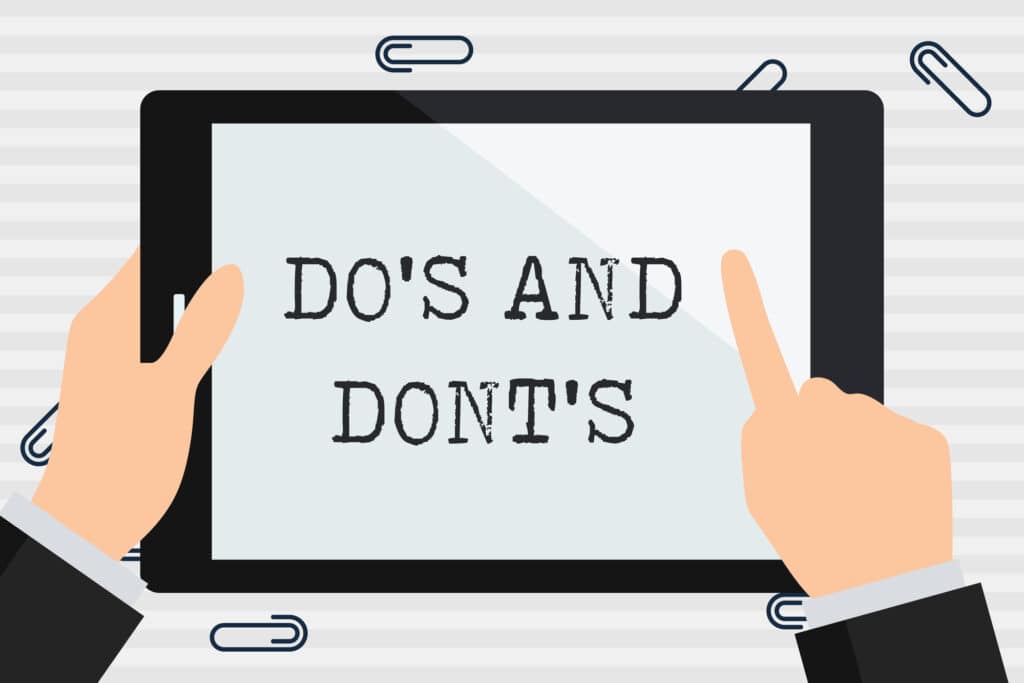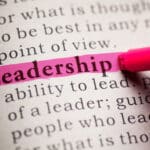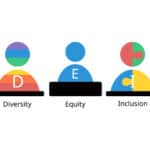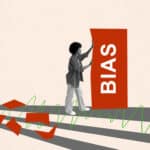INTRODUCTION
In today’s dynamic business landscape, integrating Diversity, Equity, and Inclusion (DEI) efforts into the core of your company is more than just a moral obligation—it’s a strategic imperative. By tying your DEI efforts with organization’s strategic goals and embedding it in the company’s DNA, you can yield benefits on your bottom line and long-term plans.
Organizations that prioritize Diversity, Equity, and Inclusion (DEI) supports an environment that welcomes unique perspectives, fosters innovation, and nurtures employee growth. In this workplace guide, we will explore the essential DO’s and DON’Ts of creating an inclusive workplace, with a focus on DEI and its pivotal role in shaping the narrative.
DO’s –
Celebrate Diversity and Inclusion:
Embrace the broad spectrum of diversity, including age, religion, sexual orientation, physical abilities, and socio-economic backgrounds. Encourage employees to bring their authentic selves to work, fostering a sense of belonging and inclusion within the workplace.
For a well-rounded and inclusive environment, support open communication, collaboration, teamwork, use of inclusive language, diversity in leadership and decision-making.
Be Proactive:
HR managers should proactively lead and drive the conversations about diversity, equity and inclusion, while business leaders play a crucial role in elevating these efforts by setting the tone and becoming DEI advocates. Organizations must develop a comprehensive plan of action and implement robust DEI initiatives that support their business objective and demonstrate a genuine commitment to the cause.
Prioritize DEI Training and Education:
Investing in DEI training and education for your employees is essential. By providing educational resources and courses, you can raise awareness, foster empathy, and promote understanding among team members. DEI training equips individuals with the awareness on DEI concepts and the necessary tools to identify and address bias, creating a more inclusive environment for everyone. Closing the knowledge gap is essential for making a lasting impact.
Establish Equitable Policies:
Develop and implement equitable policies and practices that promote fairness and equal opportunities. Ensure that hiring processes are free from bias, embracing a diverse talent pool.
Create flexible work arrangements that accommodate diverse needs like providing reasonable accommodations for individuals with disabilities or offering flexible work arrangements for work-life balance. Regularly review policies to identify and address any potential barriers to inclusion.
Opportunities For Growth and Recognition:
Invest in your employees’ growth and professional development by offering training programs, workshops, resources that help individuals reach their full potential. This would in turn contribute to the overall growth of the organization. Acknowledge and appreciate employees’ achievements and contributions regularly. A culture of appreciation boosts employee morale, motivation, and loyalty, fostering a positive work environment.
Read more: DEI In the workplace – A checklist for Diversity and Inclusion
DON’Ts –
Use Hiring Quota as The Shortcut to DEI:
Hiring more people of color, women, LGBTQIA+ individuals or people with disability is a step towards building diverse workplaces but sustaining their inclusion and growth over time is the key. To achieve this, organizations must create a work environment that goes beyond representation; where individuals of all backgrounds feel heard, valued, and are empowered to thrive.
Make Assumptions or Stereotype:
Avoid making assumptions based on stereotypes or labels. For example, day-to-day office tasks like making coffee, organizing a party, ordering team lunch, managing management’s schedule often fall upon an individual due to assumptions or stereotypes. It is important to change this dynamic and break the pattern by promoting a more equitable distribution of tasks. Build an environment where individuals are not judged by preconceived notions but rather by their contributions and achievements.

Would your workplace benefit from Unconscious Bias Workplace Training?
This Training will help you understand what unconscious bias is, how it affects our decisions and how do we manage it at our workplace. Unconscious Bias Workplace Training helps participants gain a deeper understanding of why it occurs and what actions can be taken to mitigate its consequences.
Tolerate Discrimination or Harassment:
Zero tolerance for discrimination or harassment is paramount. Establish clear policies and procedures for reporting and addressing such incidents promptly. Encourage a culture where employees feel safe and supported to speak up without fear. Take swift and appropriate action against any form of discrimination or harassment to protect your employees and maintain a healthy work environment.
Assign DEI Programs to Marginalized Groups:
Instead of burdening marginalized groups with the sole responsibility of managing DEI programs, empower them by fostering collaboration and active involvement. By embracing their unique perspectives and experiences, you create a more authentic and holistic approach to diversity, equity, and inclusion. Engaging marginalized voices in DEI programs cultivates a sense of ownership and drives meaningful change.
Neglect To Evaluate and Measure:
Diversity and inclusion efforts should be an ongoing journey, constantly evolving and improving. Regularly evaluate the effectiveness of your DEI initiatives and seek feedback from employees. Encourage dialogue and open discussions on diversity-related topics. Continuously educate yourself and your team on emerging best practices to create an even more inclusive workplace.
Take our DEI Quiz to Assess DEI efforts at your workplace
CONCLUSION
Creating a diverse and inclusive workplace requires a conscious and constant effort. It is an on-going commitment to growth, learning and changes won’t be visible instantly. By embracing the DO’s and avoiding the DON’Ts outlined in this workplace guide, you can foster an environment where employees feel valued, respected, and empowered everyday.
DEI is not a one-size-fits-all approach, as every organization has its unique dynamics and challenges. You should be willing to dig deeply and evaluate your company through a DEI lens to design a customized plan of action and launch your DEI journey to address DEI issues.
Embrace the power of diversity and inclusion, and witness the positive impact it can have on your organization’s culture, productivity, and overall success.

Want to learn more about diversity, equity and inclusion?
Workplace diversity is about identifying differences and embracing them regardless of your ethnicity, culture, religion, gender, sexual orientation, and sexual identity to foster an inclusive work environment. DEI Training for The Workforce training will take a deep dive into acceptable and unacceptable workplace attitudes and behaviours, interactive exercises to gain a practical understanding of how to build a supportive workforce.







